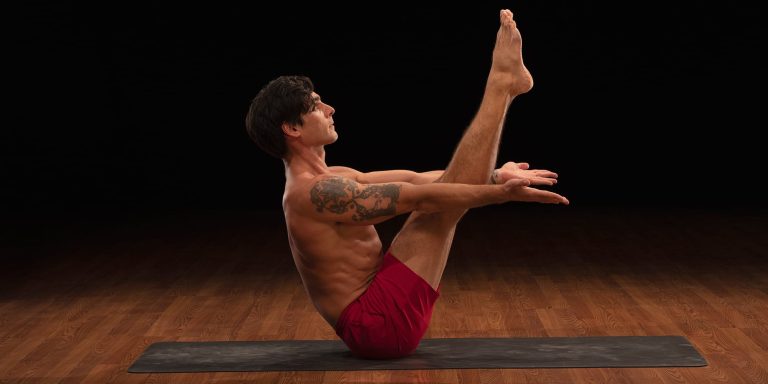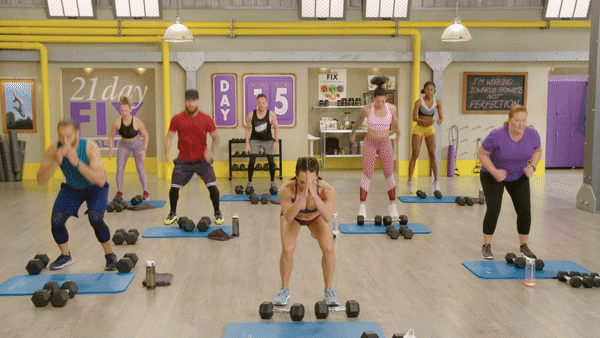Houston, TX 77099
Listen to Your Body
When it comes to exercise-induced nausea, paying attention to your body’s signals is key.
If you start feeling queasy, dizzy, or overly fatigued during a workout, it’s important to listen to what your body is trying to tell you.
Pushing through the discomfort may not always be the best choice, especially if it means risking injury or making yourself feel worse.
Don’t be afraid to take a break, sit down, or even stop your workout altogether if you need to.
Remember, it’s better to listen to your body and take care of yourself than to push through and potentially make things worse.
Possible risks of ignoring your body’s signals
Ignoring your body’s signals during a workout can have serious consequences.
Continuing to exercise when you’re feeling nauseous or dizzy can increase your risk of injury, dehydration, or other health issues.
It’s important to prioritize your health and well-being during a workout, even if it means taking a step back or modifying your routine.
By listening to your body and responding to its signals, you can help prevent exercise-induced nausea and ensure that you’re able to continue working out safely and effectively.
Warm Up Properly and Avoid Exercising in Extreme Conditions

If you go from sitting at your desk to running at full speed without a sufficient transition period, you’re going to overexert yourself before you even get into your workout.
To prevent nausea by overexertion, McGee says it’s crucial to warm up your muscles before you start working them.
Depending on your workout, you can jog lightly for five to 10 minutes, walk briskly for a few minutes, or do some dynamic stretching to boost blood flow, activate your central nervous system, and optimize strength, power, and range of motion.
Another tip? Avoid working out in extreme conditions, says McGee.
Exercising in overly humid or hot environments can lead to heat exhaustion, nausea, and dizziness if you’re not careful.
If you love hot yoga or outdoor runs in the summer, don’t stress — stay adequately hydrated and start slow to give your body time to adjust to the high temperature.
Other Possible Causes of Nausea While Exercising

1. Disorienting movements
“Specific exercises, particularly those that contract the abdominal wall muscles and those that require head twisting can induce nausea as well,” Dunston says.
Moves like crunches apply extra pressure to the stomach, says Dunston, while twisting motions can cause the inner-ear vestibular system — the network of sensory components in charge of our sense of balance — to become disoriented.
Anyone who’s ever closed their eyes during sit-ups or tried to do camel pose at the end of a yoga class knows what happens when your body feels off balance: You get nauseous.
2. Performance anxiety
If you’re involved in a competitive event in which there’s enormous pressure to succeed — like a race, sporting match, or weightlifting competition — you might experience occasional or constant performance anxiety, which can cause you to feel overly nervous and nauseous.
You don’t have to take the starting line of a 10K or Tough Mudder to feel anxious, though.
Dunston says any exercise under pressure can cause serious nerves.
“It could be as simple as being in a new workout class where you are concerned with keeping up and looking good,” says Dunston.
3. Larger health concerns
Dunston says exercise can sometimes exacerbate the symptoms of gastrointestinal disorders and other health conditions, causing nausea and other problems.
“If the nausea persists despite addressing all of the above concerns, it’s best to see a doctor to be evaluated for underlying potential health issues that need to be addressed,” says Dunston.
What to Do if Your Workout Makes You Nauseous
Even when you think you’ve done everything right, sometimes nausea just happens.
When that horrible, sick-to-your-stomach sensation starts to creep up on you, Dunston says it’s best to rest for a few minutes.
Stop what you’re doing and find something sturdy to sit or lean against.
If the nausea doesn’t subside, “it might be best to call it quits for the day or lower the intensity of the activity,” says Dunston.








